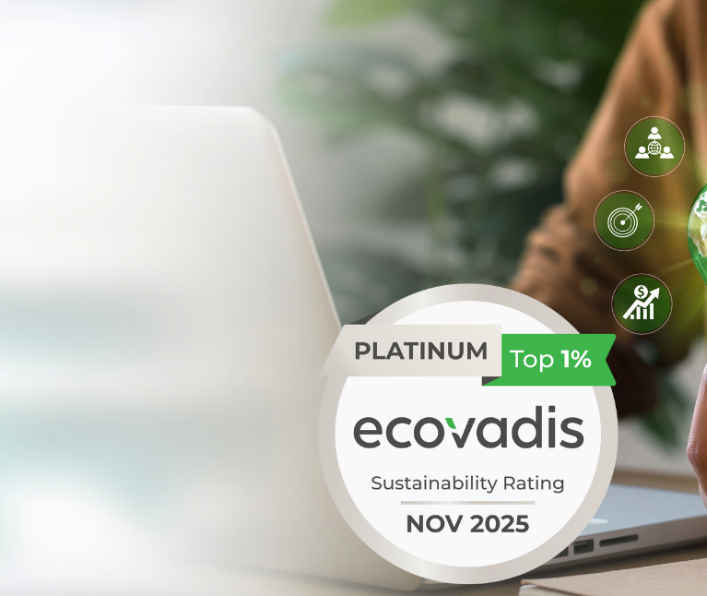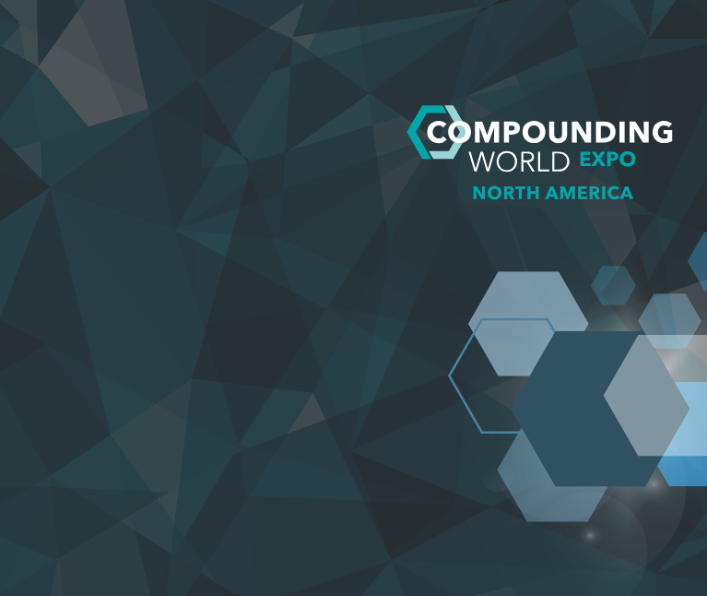Achieving this level of performance is no small feat; it involves navigating the complexities of material science with a wealth of expertise to provide tailored solutions at viable costs. At Benvic, we pride ourselves on our extensive foundational knowledge and the valuable insights gleaned from practical field experiences. This unique blend empowers us to craft high-quality PVC compounds that meet and exceed market demands.
However, while PVC has consistently proven itself as an effective material today, we must consider its role for the future, especially amidst growing scrutiny regarding its chlorine content and the general movement towards reducing plastic consumption.
Fortunately, our understanding of environmental impacts has greatly evolved, emphasizing the importance of sustainability in every facet of industrial production. We have one planet, and it’s vital we protect it. The Life Cycle Assessment (LCA) is an instrumental tool in this effort, serving as a thorough evaluation of a product's environmental impact throughout its entire life span. Traditionally associated with measuring greenhouse gas emissions, LCA now provides a solid framework for analysing all products and their influences on the environment. Armed with this information, engineers and designers can make informed, efficient choices that resonate with consumers who are increasingly concerned about sustainability. This focus on environmental performance is essential in maintaining competitiveness, even if it means reassessing costs.
In numerous applications, enhancing LCA outcomes necessitates a thoughtful reconsideration of material choices based on specific performance criteria, functional needs, and financial factors. What has been accepted for decades now requires reexamination and careful integration with contemporary standards. PVC brings its unique strengths to the table, particularly because it is not wholly sourced from ethylene; with chlorine being a crucial component, it can actually contribute to lowering greenhouse gas emissions. Yet, a major cornerstone of reducing environmental impact lies in the potential of recycling. By emphasizing recycled content, we can mitigate carbon loss through landfilling and incineration, achieving a significant reduction in greenhouse gas emissions.
![]()




